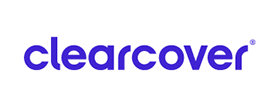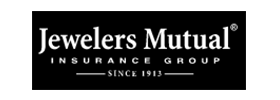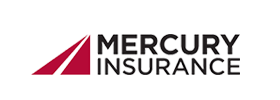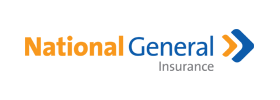Whenever you plan on operating a business within any given state, assessing any legal insurance requirements is vital to ensure you’re compliant with the state’s laws. Operating without the proper insurance could land you in legal trouble. Say, for example, that you’re opening up a business in Texas. Does Texas require you to have any specific type of insurance to operate there? Let’s take a closer look at your commercial insurance requirements in Texas and how the team here at InsureUS in Cypress, TX can help you secure the right commercial insurance.
What Type of Commercial Insurance Coverage Do I Need in Texas?
As it turns out, the average business isn’t required to have commercial insurance. There are some caveats, however, with those operating motor vehicles needing commercial auto insurance. But while commercial insurance isn’t necessary to operate in Texas, it’s highly recommended that you have it. For example, certain types of commercial insurance, like general liability insurance, will protect you if a customer is injured on your property. This type of basic insurance policy, alongside other insurance policies such as workers’ compensation coverage and even cyber insurance, will allow you to operate your business without worrying about paying out of pocket for lawsuits and other damages.
Find Your Ideal Commercial Insurance Policies With InsureUS
Commercial insurance is comprehensive, and finding the right policies at the correct prices can be difficult. We at InsureUS in Cypress, TX, make it easier to find the policies you need so that you can get faster coverage and pursue your business endeavors. Compare commercial insurance quotes with us today, or reach out to us if you have any questions.







































